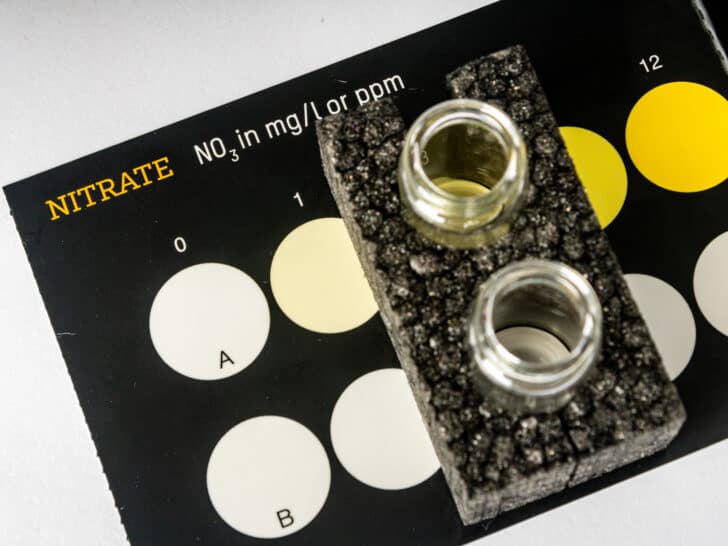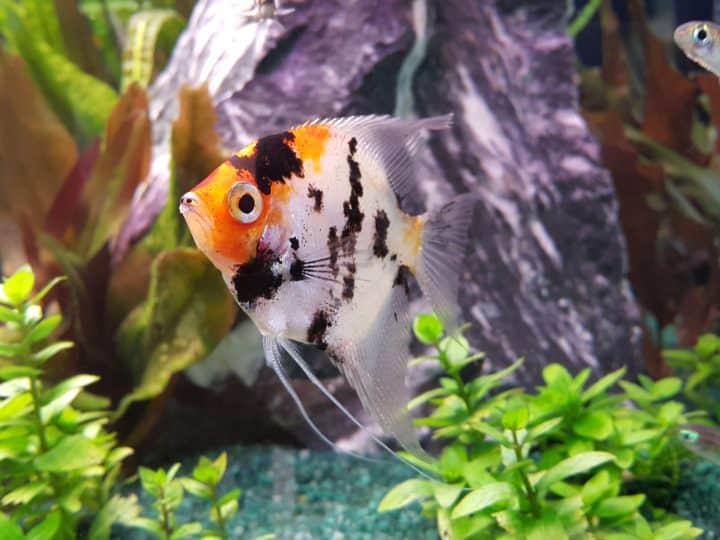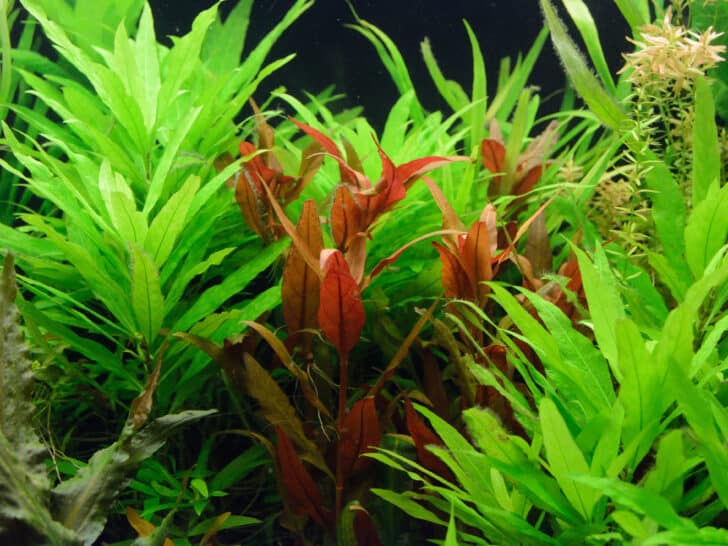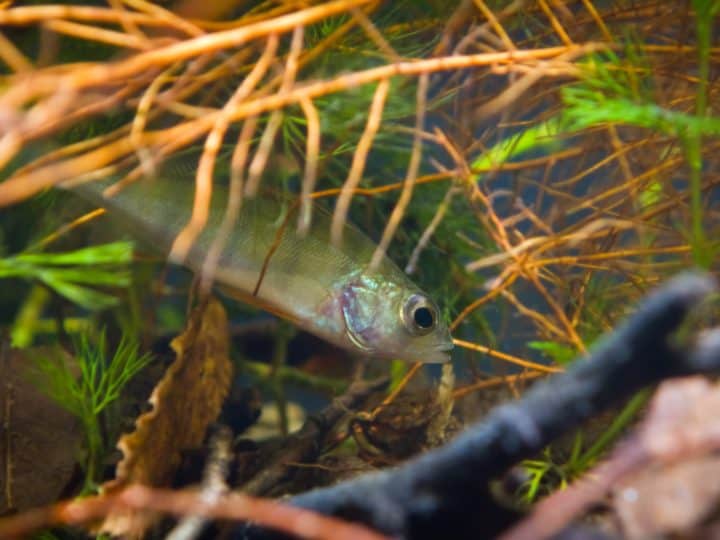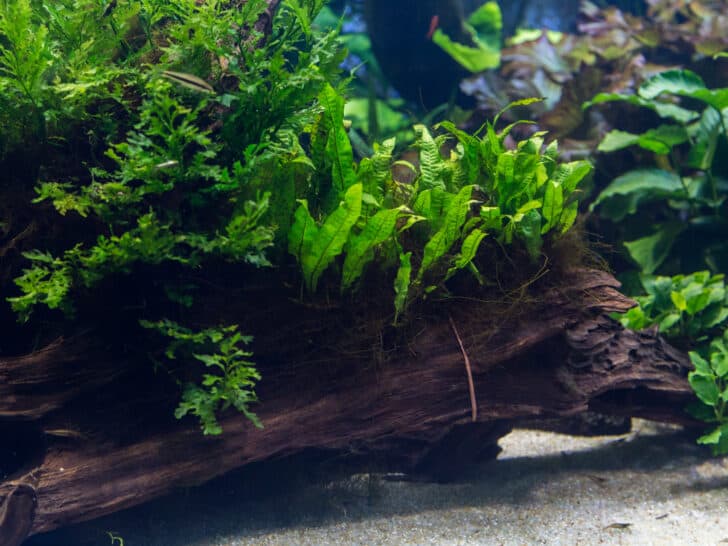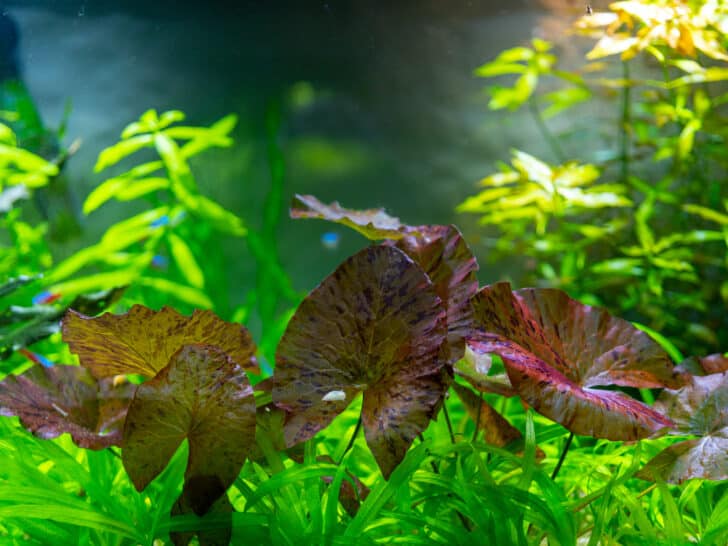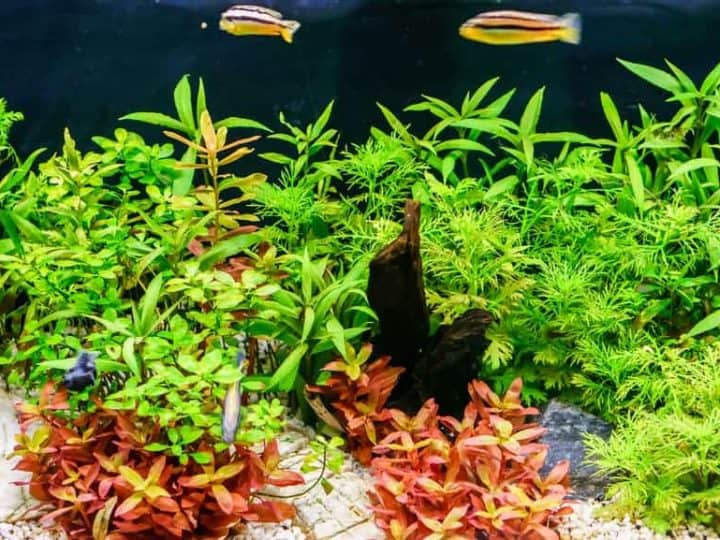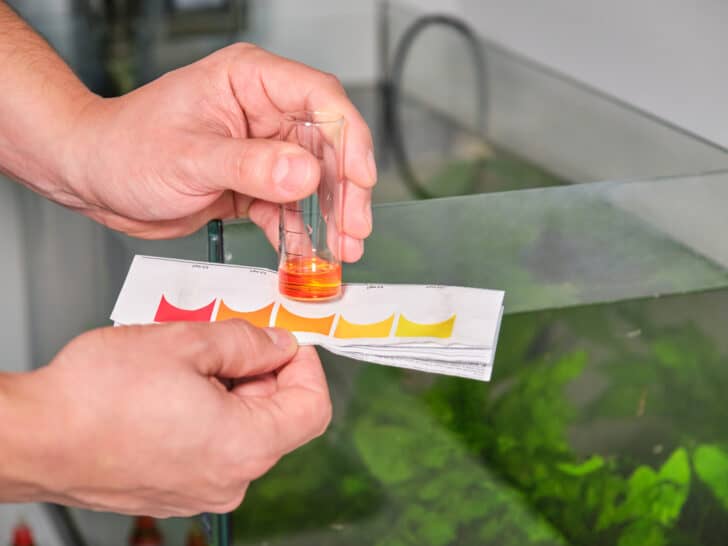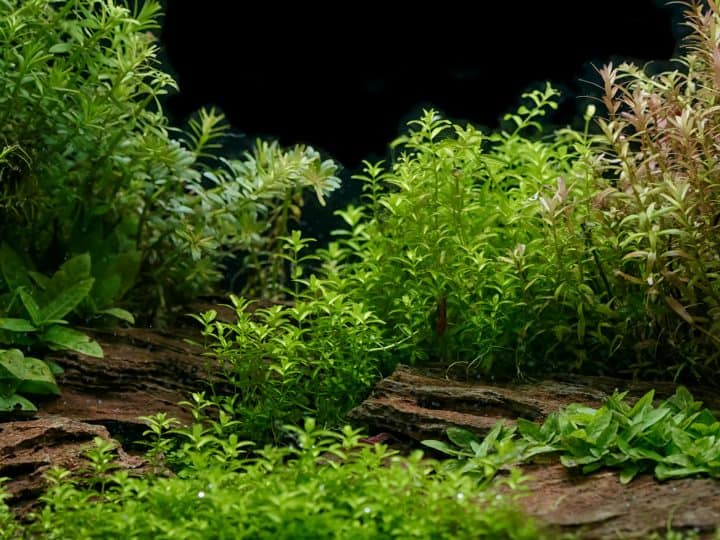The United States Department of Agriculture classifies the red clay as ultisol. Some say red dirt. Gardeners and hobbyists use the terms potting soil and red soil interchangeably. I prefer to call red clay by its name, thus ruling out mixes, blends, and other soils.
Red clay has attained some infamy among farmers and agriculturalists due to its low fertility. However, a few quintessential attributes of red clay make it ideal for aquarium plants in specific circumstances. This guide discusses how and when you should use red clay in your aquarium.
How To Use Red Clay for Aquarium Plants
Always use organic red clay, not polymerized or synthetic variants.
You may choose self-hardening red clay in moist or powder form. You can mold moist red clay, a type widely used in pottery, into different shapes and sizes.
Red clay powder will dissolve in aquarium water. Therefore, use some water to moisten and harden the clay slightly before molding and adding to the aquarium substrate.
Follow these steps to use red clay for aquarium plants:
- Mold and compress some moist red clay into small pellets, balls, or other shapes.
- Make sufficient pellets or balls to cover the entire span of the aquarium substrate.
- Insert each pellet into the substrate soil.
- Prioritize the substrate areas under and around your aquarium plants’ roots.
Caveats:
- Don’t embed red clay pellets or balls in sand, gravel, or any substrate other than the soil.
- You may choose a specific depth depending on the quantum of your aquarium substrate.
- The quantity of pellets or red clay depends on the needs of your aquarium plants.
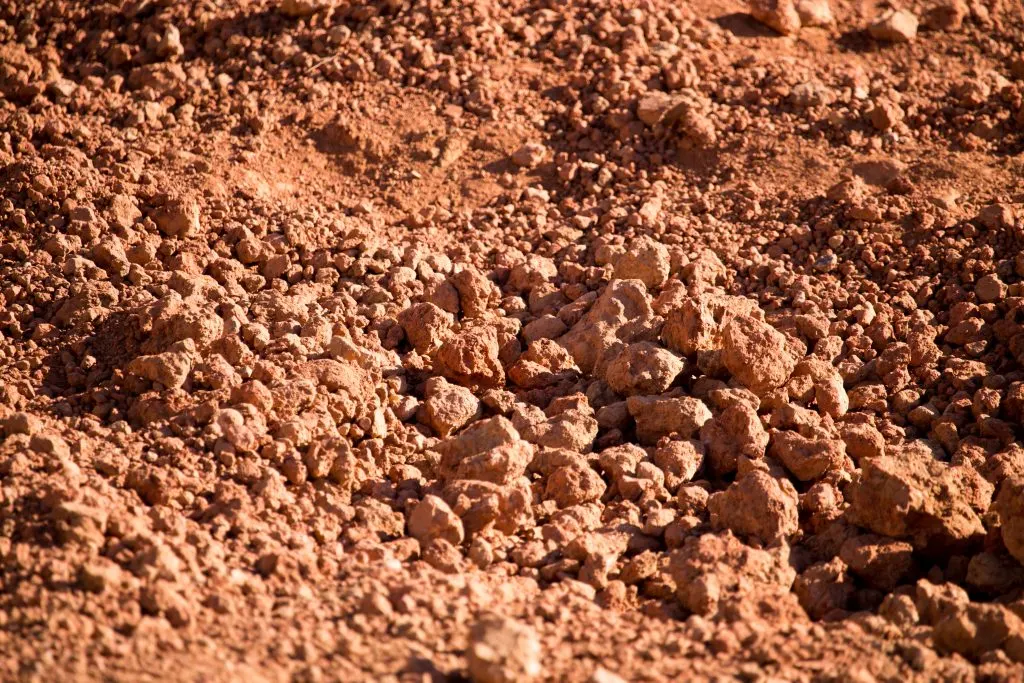
When To Use Red Clay for Aquarium Plants
Use red clay as laterite when preparing the tank, after setting the soil but before pouring in the sand, gravel, or other substrate elements. Otherwise, add red clay pellets to the substrate soil when your aquarium plants show signs of iron deficiency and the water is undesirably alkaline.
Use Red Clay To Nourish Your Aquarium Plants
Aquarium plants need 3 essential non-mineral nutrients:
- Oxygen
- Carbon
- Hydrogen
The essential mineral nutrients are classified into 2 groups: macro and micro. This categorization isn’t based on the nutritional significance of these elements but their proportional or compositional presence in a plant’s mass.
- The macronutrients are nitrogen, potassium, phosphorus, magnesium, and sulfur.
- The micronutrients are iron, manganese, chlorine, boron, zinc, and copper.
Some aquatic plants require molybdenum, too. Sodium, silicon, selenium, and cobalt are beneficial nutrients, but these elements aren’t necessary and don’t influence the plant’s life cycle.
The interesting reality about macronutrients and micronutrients is that a deficiency of the former may not impair growth.
However, a micronutrient deficiency can have a consequential impact on an aquarium plant’s natural growth and life cycle.
Red clay in the substrate soil provides essential micronutrients, such as iron and manganese, to aquarium plants.
Use Red Clay To Prevent and Remedy Iron Deficiency in Aquatic Plants
A scientist, biochemist, and one of the leading professors credited with the evolution and understanding of organic chemistry, Justus von Liebig inferred that a limiting nutrient in scarce supply or availability has a more significant role in the yield.
He called this natural phenomenon the Law of the Minimum, and it holds for any nutrient classified as micro, limited, or scarce. This law applies to your aquarium plants regarding the nutrients available through the soil and the fertilizers you may add to the tank.
It’s worth noting here that Justus von Liebig is also credited as the father of the modern fertilizer industry due to his advocacy for trace minerals and nitrogen.
Signs of Iron Deficiency in Aquarium Plants
Aquarium plants need iron to produce chlorophyll. Iron deficiency leads to pale leaves and shoots, a condition called chlorosis. Even if you have plants with red leaves or of another color, the low chlorophyll in the leaves will turn them pale.
Contrary to a misperception, red clay or iron does not increase pigmentation of any color in plants. The only visible effect is on chlorophyll. Here are two images:
Left: Isolated chlorosis in raspberry leaf due to iron deficiency.
Right: Signs of iron deficiency or chlorosis on rhododendron leaves.
You may have added some iron supplements to the tank in the recent past. Yet, aquatic plants can show signs of iron deficiency.
The new leaves or shoots may be paler, yellowish, or light-green due to low chlorophyll. Simultaneously, you may notice some of the older leaves are still rich green or densely pigmented.
This aberration happens due to iron uptake and transport in plants. The new leaves or shoots need a fresh supply of iron. Hence, red clay is a natural solution.
If you already have red clay as laterite in your aquarium’s substrate soil, you don’t have to wait for the plants to suffer from iron deficiency. You’ll nourish the plants from the outset, and they’ll grow to be their glorious best.
Use Red Clay To Reduce Water Alkalinity in the Aquarium
Red clay soil loses most of its base or alkaline elements, such as calcium, through weathering and erosion. Hence, red clay is acidic. You can always leverage the acidity of red clay as a laterite to balance the pH of your aquarium water.
Aquarium water alkalinity increases due to several reasons:
- Hard water
- Algae
- Fish excretion
- Rocks and stones inside the tank
- Some plants trap nitrates and carbon dioxide.
You may use other homemade or instant remedies to reduce the pH level. However, if you already have red clay in the substrate soil, it can counter the alkalinity with its acidity.
Thus, red clay is your pre-installed pH regulator.
Final Thoughts
Red clay is rich in iron and also well-aerated; hence better at drainage than gray and other heavy clays. Some aquarium plants’ roots may not get sufficient moisture through the soil. Red clay can facilitate better drainage or water circulation inside the substrate soil.

